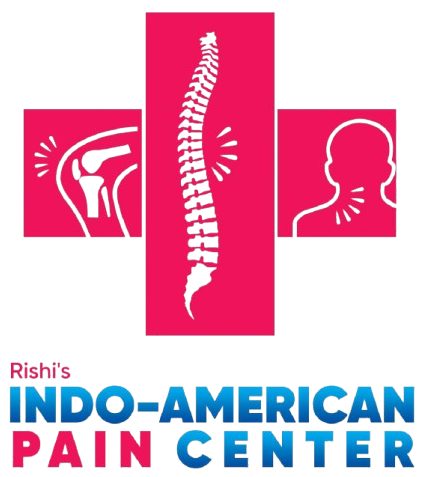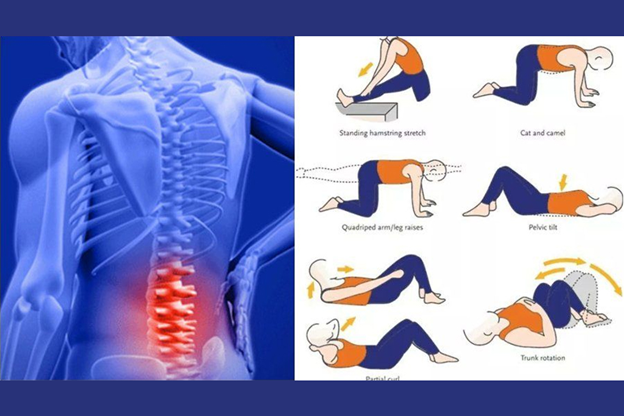Many people experience lower back pain at some point in their lives. It’s a common issue that affects daily activities, making tasks like lifting, sitting, or standing uncomfortable. The good news is that you don’t always need surgery to feel better.
Non-operative management techniques can help ease the pain effectively. These methods focus on relief without going under the knife, helping you get back to your life’s routine comfortably and safely.
Understanding and Diagnosing Lower Back Pain
Back pain occurs for many reasons, and it can be either acute (short-term) or chronic (long-term). Acute pain usually results from injuries like strains or sprains, while chronic pain may arise from conditions such as arthritis or spinal stenosis. Knowing the difference between acute and chronic pain is important because it helps in choosing the right treatment.
Some symptoms require a doctor’s attention, like severe pain, numbness, or weakness in the legs. If these occur, it’s time to see a healthcare provider.
At Rishi’s Indo American Pain Center, they offer modern diagnostic procedures to identify the cause of lower back pain. They use simple scans and tests that provide clarity on what’s really happening with your back.
Core Non-Operative Management Techniques
One of the main techniques for easing lower back pain is physical therapy. This involves exercises tailored to strengthen your muscles and improve flexibility. Physical therapy focuses on mechanical movements to relieve pain and prevent it from coming back.
At Rishi’s Indo American Pain Center, they combine traditional Indian medicine with modern techniques. This unique mixture offers a comprehensive approach to back pain.
Embracing Technological Advancements in Pain Management
Technology has brought new methods for reducing back pain without surgery. Indian medical facilities now offer advanced non-operative treatments. Some of these include electrical stimulation, which helps in muscle recovery and reducing pain levels, and innovative exercises designed for careful movements.
Rishi’s Indo American Pain Center stays ahead with these technologies, providing you with the best care available. Their advanced treatments focus on enhancing efficiency and comfort for every patient.
Core Conservative Therapies (Often First Line)
- Physical Therapy (PT) & Targeted Exercise:
- What it is: Guided exercises focusing on core strengthening, stretching, flexibility, and posture correction. This is the cornerstone.
- Why it helps: Improves muscle strength, stability, flexibility, and proper movement patterns to support the spine.
- Lifestyle Modifications:
- What it is: Addressing daily habits like maintaining healthy weight, ergonomic adjustments (sitting posture, lifting techniques), stress management, and quitting smoking.
- Why it helps: Reduces direct strain on the spine and overall inflammation.
Advanced Non-Surgical / Minimally Invasive Treatments:
These are often considered when conservative therapies haven’t provided sufficient relief, or for specific pain sources.
- Injection-Based Treatments:
- Epidural Steroid Injections (ESI): Steroids are injected into the epidural space around the spinal nerves to reduce inflammation, especially for nerve compression (like sciatica).
- Facet Joint Injections: Injections into the small joints connecting vertebrae to reduce pain from arthritis or inflammation in these joints.
- Nerve Blocks: Medications injected to numb specific nerves causing pain.
- Trigger Point Injections: Targets specific tight, painful muscle knots.
- Radiofrequency Ablation (RFA) / Neurotomy:
- What it is: Uses heat generated by radiofrequency waves to target and “turn off” specific nerves (e.g., those from facet joints or sacroiliac joints) that are sending pain signals.
- Why it helps: Provides longer-lasting pain relief (months to a year or more) by disrupting nerve signals.
- Regenerative Medicine (PRP & GFC):
- Platelet-Rich Plasma (PRP) Therapy: Your own blood is processed to concentrate platelets (rich in growth factors), which are then injected into damaged areas (e.g., discs, ligaments, tendons, facet joints).
- Growth Factor Concentrate (GFC) Therapy: A more refined version of PRP, focusing on isolating specific growth factors from your blood.
- Why they help: Aim to stimulate the body’s natural healing processes, reduce inflammation, and repair damaged tissues, offering a more “natural” (from your own body) approach to long-term pain relief. These are considered cutting-edge for certain conditions like degenerative disc disease or ligament laxity.
When considering any of these treatments, a thorough diagnosis by a qualified healthcare professional is crucial to determine the exact cause of your low back pain and the most appropriate course of action. Often, a combination of these therapies yields the best results.
Conclusion: Professional Guidance and Long-term Strategies
Choosing non-operative management can lead to great results without breaking the bank. The key to success lies in working closely with healthcare professionals who can create a plan tailored just for you.
For those in search of ongoing support, Rishi’s Indo American Pain Center offers specialized resources. They ensure that you have access to expert advice and treatments. By relying on their experience, you can face lower back pain with confidence and look forward to a healthy future.


